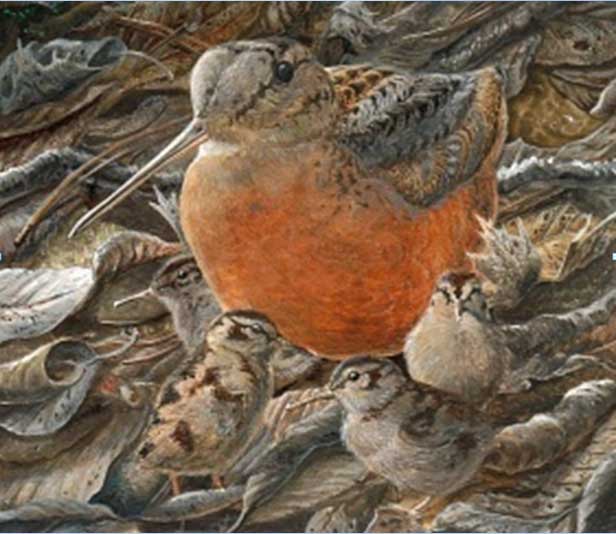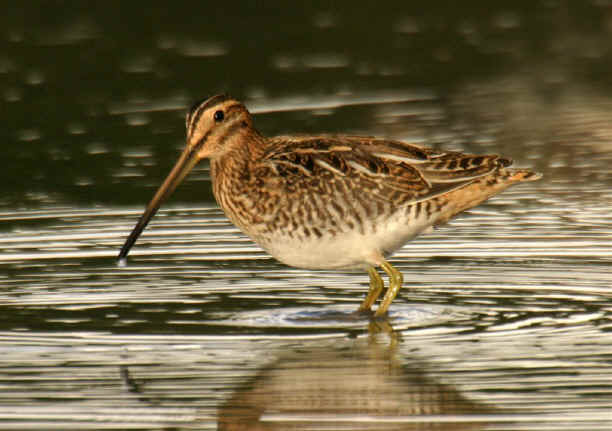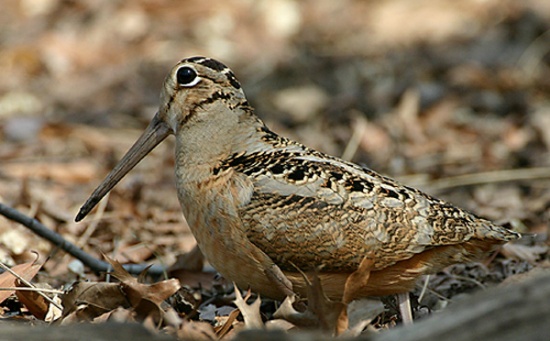Difference Between Snipe and Woodcock

Snipes and woodcocks are both wading birds, belonging to the family Scolopacidae; both birds resemble each other a lot in their looks, but they differ significantly in terms of diversity, behaviour, and distribution.
With 25 species in three genera, snipes are three times more diverse than woodcocks, who have just eight species in one genus. Both these birds also differ in terms of their body size; woodcocks have stocky bodies that are about one feet long in size, as compared to snipes, whose bodies as smaller than an average human palm. The weight of woodcocks averages around 300 grams, whereas the weight of snipes averages around 110 grams.
Woodcocks mostly live in woodlands, while snipes dwell in wetlands or muddy areas, such as freshwater marshes, ponds, and flooded fields; furthermore, the former show higher levels of endemism to their native habitats, as compared to the latter. Both snipes and woodcocks primarily feed on invertebrates, particularly earthworms. The former have a supersensitive bill (in fact one of the most sensitive bills among all birds), with which they can sense the food in the mud, whereas the latter have a long, flexible bill which allows them to find their food in the soft soil of woodlands.
Instructions
-
1
Snipe
A snipe is a wading bird with an exceptionally long, slender bill and cryptic stripped plumage, that allows it to camouflage itself in the muddy areas where it nests. Although they inhabit wet lands, snipes make their nests on dry ground amongst clusters of tall grass. The female snipe lays olive brown eggs and sits on them for 17 to 19 days to hatch them. The male snipe rarely helps his mate incubate eggs; instead, he helps guard the nest, by distracting hunters and predators with his showy flight.
Image courtesy: shropshirebirds.com
-
2
Woodcock
The woodcock is a well known American bird, belonging to the Scolopacidae family. These birds posses a full and robust body, cryptic brown and blackish plumage, short, round wings and a long and slender bill. Woodcocks are mostly found in the woodlands of the Northern Hemisphere, but a few of them inhabit Wallacea as well. During winters, most species of woodcocks migrate to South Atlantic and Gulf states, and return to their native habitats in March. Unlike other birds, which feed early in the morning and during day time, woodcocks rest during the day, and feed at night or in the evening. The feathers of some woodcock species are used by artists as brushes for fine painting work.
Image courtesy: birdforum.net







